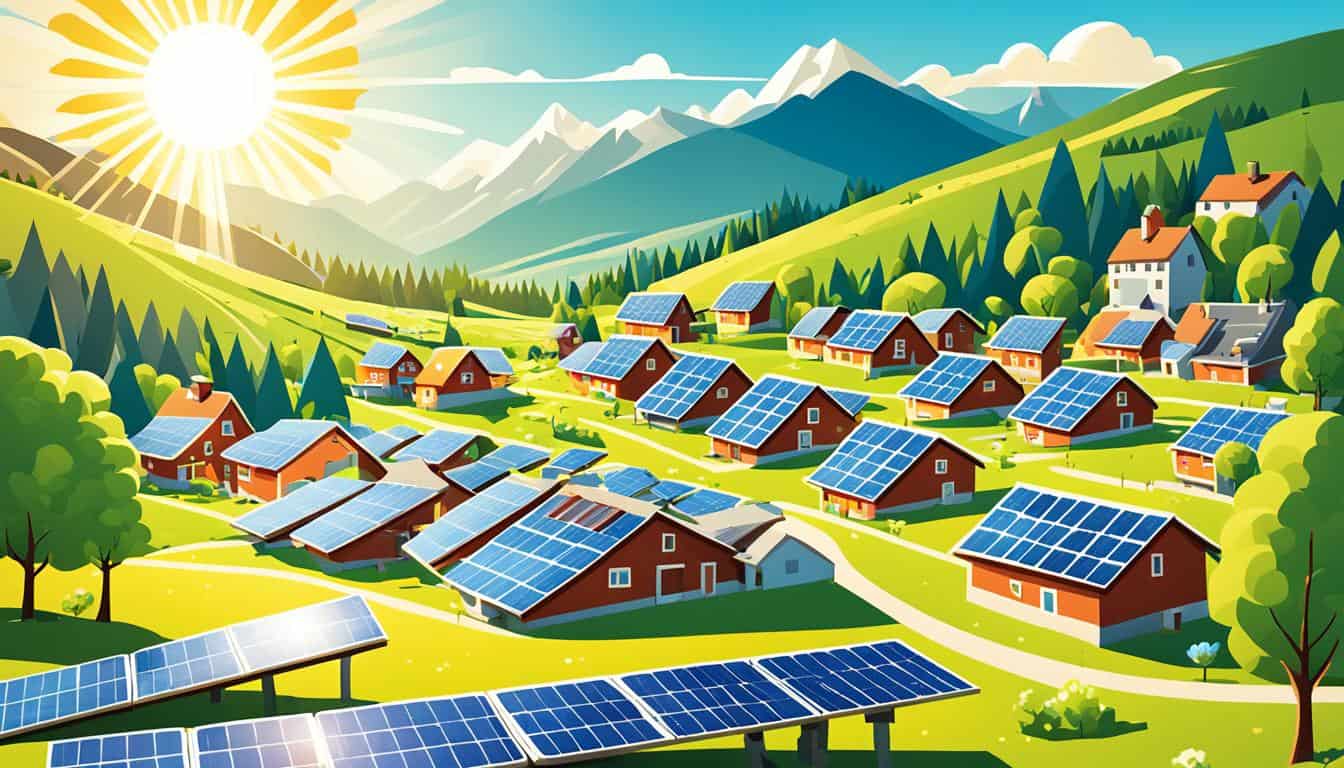When we think about who we are and the choices we make, we often focus on family, personal beliefs, or education. But there’s another powerful force that quietly shapes our behaviors: our neighborhood and peers. Researchers call this the neighborhood effect—the idea that the social and physical environment around us influences how we think, act, and succeed.
When we think about who we are and the choices we make, we often focus on family, personal beliefs, or education. But there’s another powerful force that quietly shapes our behaviors: our neighborhood and peers. Researchers call this the neighborhood effect—the idea that the social and physical environment around us influences how we think, act, and succeed.

The neighborhood effect is a concept in sociology and economics that suggests where you live—and who you live around—plays a major role in your decisions, opportunities, and overall life outcomes.
In short, our environment doesn’t just surround us; it shapes us.
One of the strongest drivers of neighborhood effects is peer influence. We often mirror the behaviors, attitudes, and aspirations of those around us.
A famous study by Harvard economists Raj Chetty and colleagues showed that children who move from a low-income neighborhood to a better one at a young age often earn more as adults—partly due to being surrounded by peers with higher aspirations.
In the digital age, “neighborhoods” aren’t just physical—they’re also virtual. Social media groups, online communities, and digital networks can amplify peer influence. Whether positive or negative, the effect is the same: people adapt their choices based on what they see others doing.

The neighborhood effect reminds us that success is not just an individual journey—it’s a collective one. The people and places around us matter deeply, and by understanding peer influence, we can make conscious choices about our environment. If we create positive, supportive communities—whether offline